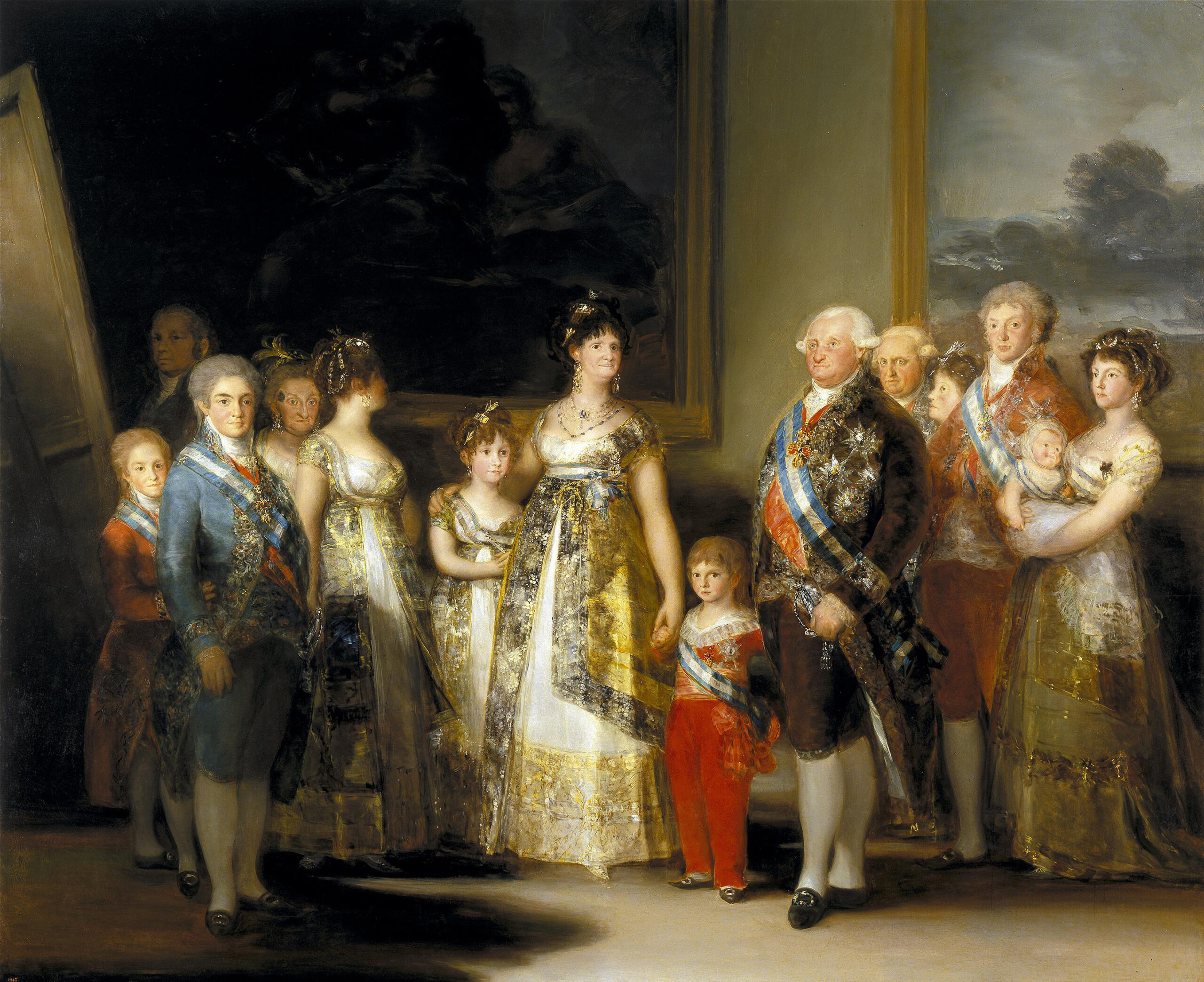Hope and Change could have been Napoleon’s election campaign themes had he been required to submit his leadership to a vote. But reality set in quickly enough, as is revealed by artistic responses to Napoleonic times: Beethoven in music, Goya in art, and Goethe in literature. Beethoven’s disillusionment is legendary, as is his music inspired by the Emperor. Goya’s politically incendiary depictions of war, considered the tortured psychological visions of an isolated recluse, revealed his struggle to deal with a chaotic and rapidly changing world. German writers from Goethe to Kleist and Adele Schopenhauer wavered between admiration and horror, like Tolstoy, revealing the ambivalence of many writers and artists of the times.
Friday, May 1, 2020 / 7:30-9:30 pm
Lecture and Performance: Beethoven and Napoleon: Extraordinary Music and Mixed Feelings! / Robert Greenberg (Composer, Lecturer, Performer).
Ludwig van Beethoven and Napoleon Bonaparte were kindred spirits. Both children of the Enlightenment, they each rose from humble roots to the very heights of their respective professions thanks to their own genius, ambition, and perseverance. Beethoven, in suicidal despair over his hearing loss, reinvented himself at the age of 32 (1802) based on a Napoleonic ideal: that of a hero, empowered by genius, fighting and rising triumphant against tyranny, fate, and darkness. Then, when Napoleon declared himself Emperor in 1804 Beethoven rejected and despised him for becoming a tyrant himself. Beethoven’s mixed feeling towards Napoleon did not preclude him from writing some extraordinary music in response to Napoleon and the Napoleonic Wars that shredded Europe between 1803 and 1815. Among those works are Beethoven’s Symphony No. 3 (“Eroica”); the Piano Sonata in E-flat major, Op. 81a (“Les Adieu”); the String Quartet in F Minor, Op. 95 (“Serioso”); and Wellington’s Victory. This session will explore the seminal impact of Napoleon on Beethoven the man and his music. Featuring Lino Rivera on piano.
Saturday, May 2, 2020 / 10 am – noon & 1:30 – 4 pm
Ingenious Tyrant: The Representation of Napoleon by Goethe, Kleist, and German Women Writers / Elisabeth Krimmer (Professor of German, UC Davis)
Among German writers of the early 19th century, Napoleon was a highly polarizing figure. Some admired his military genius and his legal and administrative reforms, others saw in him a tyrant who enslaved Germany. Heinrich von Kleist, for example, called Napoleon “a despicable human being, the beginning of all evil and the end of all that is good.” In contrast, Johann Wolfgang von Goethe, who had met Napoleon in 1808, considered him a guarantor of order. While Kleist called for a total war against the French, Goethe encouraged cooperation. This talk traces the various German responses to the French emperor in the works and correspondence of Goethe, Kleist, and a select number of women writers.
Goya’s Dog: Life Among the Black Paintings / Alexander Nemerov (Chair, Art History, Stanford)
Near the end of his life, living outside Madrid in the Quinta del Sordo (Villa of the Deaf Man), Goya painted a number of enigmatic pictures (the “Black Paintings”) directly on the walls of his home. One of these, a painting of a dog looking up into a golden emptiness, is uniquely haunting. Is the dog drowning, or buried, or just looking up. Goya, of course, does not say, or know. He only painted the picture. In this lecture, Alexander Nemerov considers Goya’s Dog in relation to the Romantic era of culture and politics.
Performance (with Projections) / Music in the Time of Goya: Reflexión y Revolución: Musica en Tiempos de Goya (1746-1828). Embracing the ideals of the French revolution, yet despising the tyranny of the new Emperor Napoleon, Francisco Goya y Luçientes was a man of contrast and conflict. Braggart, court painter, war journalist, and political, as well as religious, satirist, he lived much of his life in the shadow of the Inquisition, yet enjoyed the patronage of a conservative Catholic king. In his paintings he depicted all aspects of late 18th- and early 19th-century Spanish life: the leisure class enjoying a day on the banks of the Rio Manzañeras, a traditional bullfight, a tavern brawl, common people dancing a bolero or fandango, poverty, military might, royal majesty (albeit sometimes as a parody) and, most deliberately, the horrors of war. This multi-media program will trace Goya’s life with projections of his paintings accompanied by the Spanish music of his time. Featured composers will include: Soler, Courselle, Boccherini and Sor. Richard Savino directs the ensemble El Mundo.
“The World-Spirit On Horseback”: Napoleon and the German Sense of History / Adrian Daub (Professor of Comparative Literature and German Studies, Stanford)
“The world spirit on horseback” — that is how the philosopher G.W.F. Hegel termed it when he saw Napoleon ride by in the streets of Jena in late 1806. His Phenomenology of Spirit, completed that same year, in many ways inaugurated a century-long obsession with history and historicity in Germany, one that seized the human sciences, literature and the arts. This lecture investigates how Hegel, Goethe and others responded to the new and transformed sense of history during and immediately after the Napoleonic era.
Discussion with Presenters, George Hammond, Moderator (Humanities West)
Download the Napoleon postcard here!
